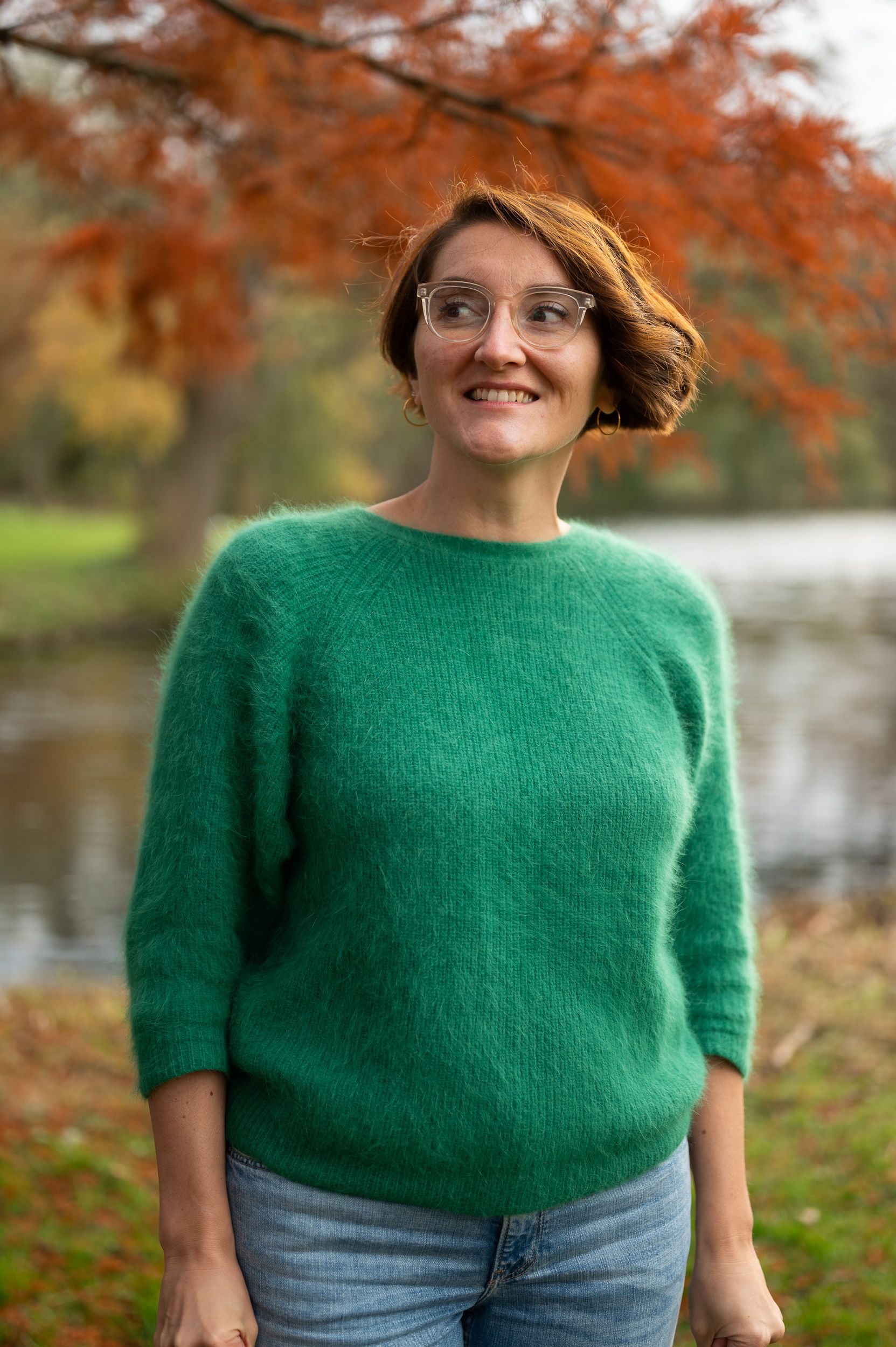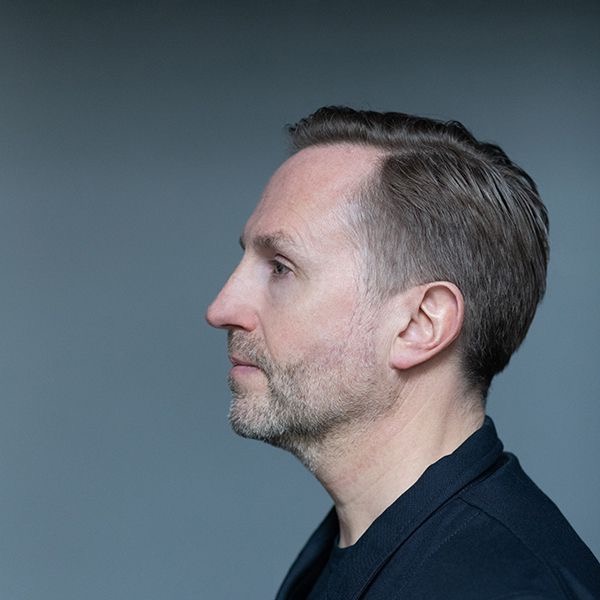What makes a great Creative Director?
For many designers making it to the coveted role of Creative Director at a reputable agency is viewed as a 'dream job', and the realisation of reaching the very top of the career ladder. The truth is, only a select few talented individuals actually achieve this accolade, and when they do many find it hard to successfully transition from Designer to Creative Director.
Unfortunately, the ultimate Creative Director user guide, addressing the infinite number of new soft and hard skills necessary to triumph in this challenging role, has yet to be written. Until it is, the BNO Creative Directors Forum has opened its own black book to ask a number of Creative Directors from leading studios for their advice and top tips on how to make it.
This episode: Carla Traini, Creative Director at Design Bridge Amsterdam.
About Carla
Carla started her professional journey in Milan, developing her passion for branding and packaging design applied to premium products.
Her next step was in Paris, where she remained for ten years working for Future brand and Landor on important international accounts in premium beauty, personal care and spirits, and nurturing her passion for branding while growing her interest in digital and human behaviours.
She arrived in Amsterdam at the beginning of 2020 to join Design Bridge as Creative Director, determined to bring her passion to the team, as well as to share and provoke positive communication and growth.

Tell us your own path from Designer to Creative Director.
"I have been a designer in different countries, moving from Italy to France to learn and embrace different ways of working and different cultural approaches to design. I moved to Amsterdam recently to continue my journey to be an international designer, citizen of the world, comfortable in approaching design in any circumstance.
Sounds amazing right? I have learnt a lot and I have put myself out of my comfort zone, but in more than one occasion I have suffered a lot from the cultural difference, discrimination, adaptation to a new mindset and to a new job title.
Would I do that again? 100%."
What was the hardest part of the transition from Designer to Creative Director?
"The more you grow, the more you work. In different forms. Actual production is one of the things you have to do, accompanied by administration, evolution of the team, selection of the right profiles, definition of a direction for the whole studio etc. The more you grow, the more you are responsible for others than yourself. And this is the biggest shift for me."
"poor communication in the work environment creates unnecessary problems and depresses everyone"
What specific qualities are essential to become a great Creative Director?
"I think a good creative director should embed a good mix of hard and soft skills: knowing how to manage the creative process and find great ideas is certainly fundamental but it’s not what makes a CD a great one.
For my experience as a designer, the CD I remember the most are the ones who were able to see beyond their own ego and success, the ones who actually act in the interest of the project and of the company, not in their own. The ones who were ready to share all of their knowledge because they genuinely wanted me to grow and become as memorable as they have been for me."
Tell us about some of the pros and cons of being a Creative Director.
"Well for my personal experience, not having to deal physically with the infinite rounds of refinements is a major liberation. Jokes apart, I love that I have somehow ‘zoomed out’ on the projects, being able to see the totality of the bigger picture, instead of feeling overwhelmed by the details.
I have the feeling I can see better and think more clearly to the direction I want to give to the projects. The cons are the responsibility that comes with it: I have to believe in my ideas even more and be able to infuse the team with the same passion and the same vision, enabling them to bring it to life."
In your view what are the primary responsibilities of the Creative Director in an agency setting?
"Be the lighthouse: knowing the path, showing the way and leave no one behind."
Describe your management style.
"I believe in equality; I give everyone the opportunity to express their potential, good ideas come from everyone independently from their level of seniority. I stand for communication: poor communication in the work environment creates unnecessary problems and depresses everyone. With communication goes collaboration: I don’t work for myself; I work with the team and for the team (and I expect them to do the same)."
How long did it take you to feel completely comfortable in your role?
"Oh, I don’t want to feel comfortable. A bit of constant discomfort is healthy: it reminds me I have never arrived, there is stil la lot to learn and a lot of progress to be made."
Did you ever suffer from what's known as 'imposter syndrome'? If so, how did you deal with this?
"I think we all go through that every time we gamble (and win) in our professional life. That’s where the syndrome came into the game for me. But then I looked back at all of the pain, the problems, the arguments, the injustices, the issues I have been through and I accept I can win from time to time. I deserve that and there is no shame in being rewarded."
What has been your biggest learning experience as a Creative Director?
"I cannot say yet, I am still learning and observing. For the moment the value of open and honest communication remains key."
Is it important to set and adhere to a creative vision for the agency? If so why?
"Oh yes, someone said "before starting a journey, you have to know where to go". Sometimes we can enjoy the journey more than the destination, but the vision is necessary to set objectives and work cohesively for the same purposes."
Should a Creative Director be hands on or hands off?
"In my personal view, the CD should be hands off as much as possible: it’s a form of trust shown to the team, a way to empower every single designer, giving them the capacity to make a project great. I am hands on but at another level, more industry oriented (awards, PR materials, new business etc)."
What tips do you have for building and nurturing a healthy and vibrant creative culture within an agency?
"Listening before talking. Everyone in the studio has his own superpower or hidden passion. Giving voice to those is the best way to keep the environment vibrant, curious, open."
What tips do you have to continuously inspire creative teams?
"I am a curious person, not only for design and this is allowing me to bring different topics on the table and explore other ways of designing."
How do you maintain your own creativity to ensure you remain on top of your game?
"I talk to people, as many as possible. I love listening to the stories of other humans and this is an infinite source of inspiration."
How do you create a balance between giving your team creative space while maintaining overall responsibility for the creative output?
"The balance comes with communication: sharing the big picture with the team (the challenges of the client, the limits, the fears we both have), is really important to make everyone a bit more responsible and willing to do their best in their role."
In your opinion what is the best way to give feedback on creative work?
"Feedback is extremely important; a poor feedback can actually create more damages than actions. Starting by recognizing the positive and why something is working well and then moving into what needs improvement, explaining why is not working and opening the floor to solution-oriented discussions; that’s my ideal feedback process."
How do you defend creative ideas to stop bad things happening to the work?
"I need to think about the definition of 'bad things'. Actually defending is not always the best strategy to adopt: I would be a very terrible CD if I was only defending. Our super power should be listening: if a client changes his mind in radical ways, there is always a reason and we should be humble enough to listen and negotiate the best solution. Everything in life is a negotiation, perfection never existed."
What has been your biggest success as a Creative Director?
"Having handled my team during the pandemics. It has been exhausting in every possible form: mentally, humanly, physically, creatively. But we made it and I am proud of them all."
What was the best piece of advice ever given to you as a Creative Director?
"Never be afraid to be honest."
And finally, what advice would you give to anyone who has recently been promoted to the role of Creative Director?
"Think for everyone, not for yourself. If everyone wins, you win."

About Graham Sturt
Graham Sturt is Creative Director and Partner at D8, a strategic design and branding agency with studios in Amsterdam and Glasgow. During his career Graham has held roles at a number of leading international agencies, collecting numerous awards for his work.
Graham is active in the creative community as an awards judge and collaborator, providing workshops and mentoring for emerging creative talent.
A passionate advocate of Dutch design, he hosts an ongoing series of interviews with some of the countries greatest designers called 'Dutch Design Heroes'.